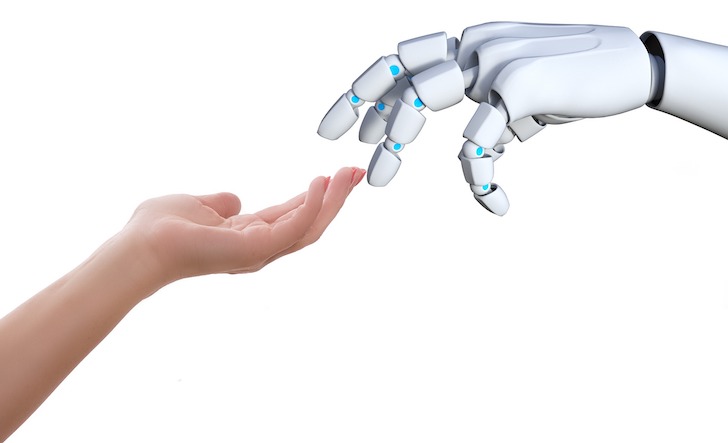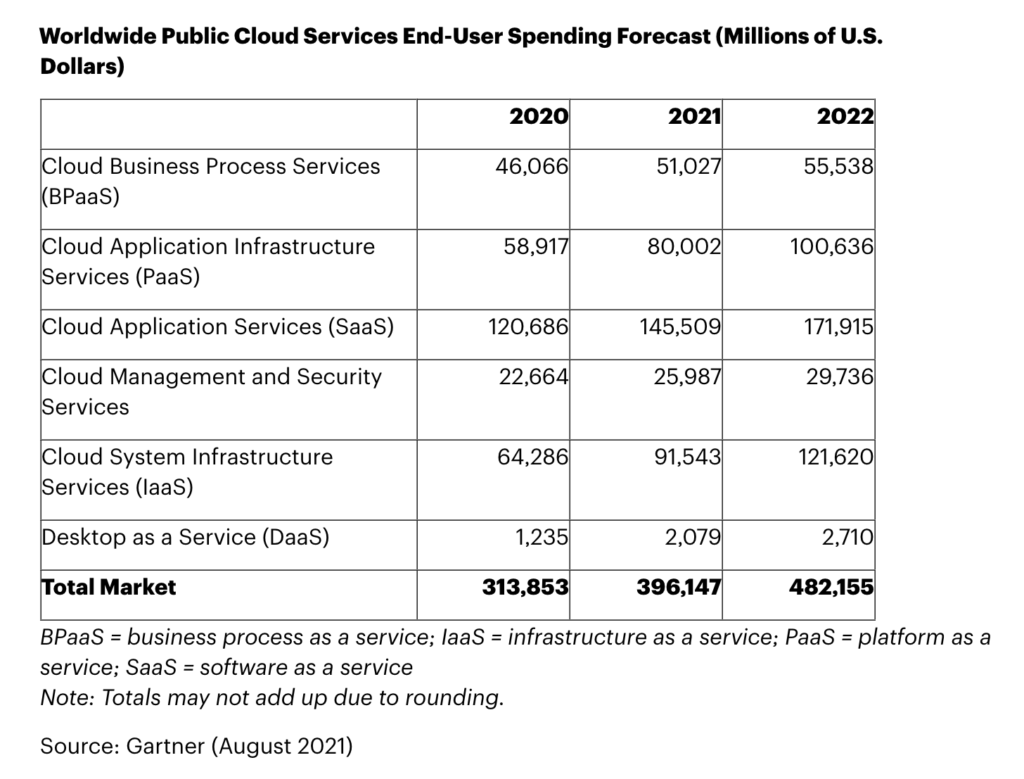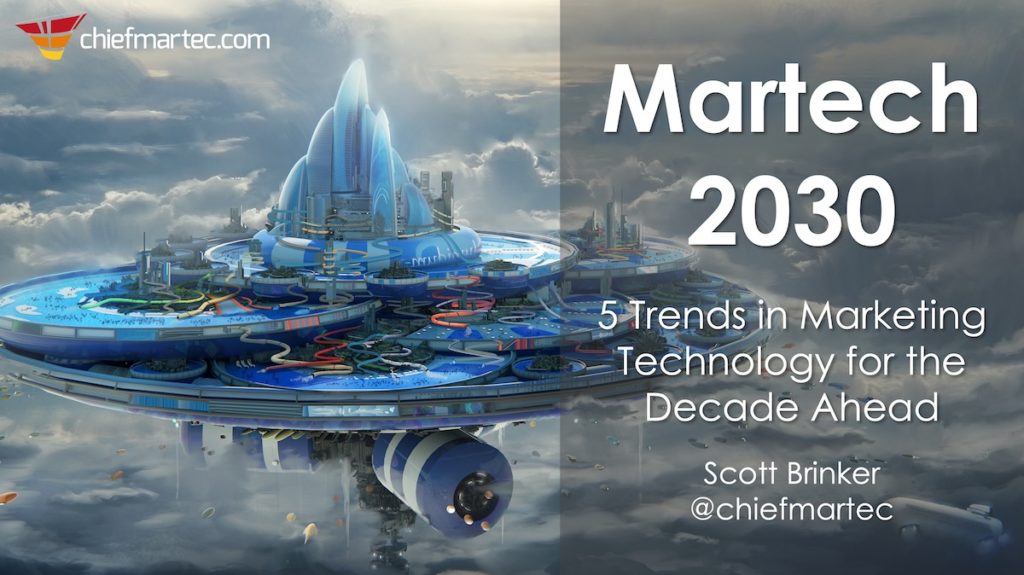
“We’re entering a post-digital-transformation era, where companies are no longer planning to become ‘digital.’ They are digital.”
I didn’t think that was a particularly controversial statement, which I wrote back in April while working on this year’s martech landscape. It’s hard to inventory all of the ways in which technology is now embedded in marketing and not conclude that we’re past the “we should probably go digital someday” stage of things.
But with a study from LeanData that said the #1 lead capability that revenue marketing teams want is “more automation/fewer manual tasks” (32%), along with our own joint report on martech careers that showed 70% of marketing ops professionals spend 10+ hours a week in spreadsheets (or spreadsheet-like tools such as Airtable), editor Kim Davis at MarTech.org is calling me out on that assertion.
“While we’re sure that our readers are using digital spreadsheets — Microsoft Excel, for example, rather than paper and pencils — that’s surely not what Brinker means,” he recently wrote.
That’s correct. We’ve been using spreadsheets on computers since the 80’s. The only “digital transformation” back then was the shift from records and cassettes to CDs.
But when does a marketing department qualify as being transformed into digital?
It’s an interesting question.
Kim suggests that it’s when a “digital paradise of fully automated (and AI-powered, of course) marketing” has been realized. That seems like a pretty high bar.
I propose a more realistic yardstick: marketing has been digitally transformed when more than 99% of marketing “actions” — front-stage and back-stage — are executed algorithmically by software.
It’s not that there aren’t still plenty things we humans personally do in marketing in that environment. But when you add up all the actions that software executes on our behalf, without our fingers having to jab at the keyboard for each individual one to happen, the ratio of algorithmically executed actions to manually executed ones is 99 to 1 or higher.
The Unseen Sea of Algorithmically Executed Actions
Let’s make this concrete with an example around virtual events — which, ha, are entirely digital by nature, but that’s just the start:
If you take signups for a webinar, export them to CSV files, and manually import them into your CRM, that is not algorithmic. It most certainly does not earn you points towards being digitally transformed. If instead, however, those signups are automatically sent to your CRM via API — integrations for the win! — they move over to the “algorithmically executed” column.
If you manually send signup confirmation emails, reminder emails, and post-event emails to those webinar registrants, that is not algorithmic. But if you set up your marketing events software to automatically send those emails when triggered by new signups or at pre-defined times, they’re now algorithmically executed.
What happens next with those signups? Do you have an intern search the web to learn more about those companies and manually augment their CRM record? Not algorithmic. Or do you use a service like Zoominfo, Clearbit, etc., to automatically verify and enrich those records with additional data? Algorithmically executed.
How about scoring those leads? Is it a purely manually process (not algorithmic), or is it via a software-defined heuristic, maybe even with machine learning (algorithmic)?
Routing leads? Distributed by hand (not algorithmic) or via a software-based workflow (algorithmic)?
Subsequent nurturing (drip) campaigns? Actions that happen programmatically when that person visits your website or responds to another demand gen campaign or sequencing step? Maybe even someone else from that same company, firing your account-based marketing spidey-sense, calculated algorithmically, and reacted to algorithmically? Emails, website personalization, direct mail, SMS messages, (re)-targeted advertising, etc., all being executed algorithmically by software.
If you add up all those actions being done on your behalf by software — instead of you doing each one by hand — it quickly becomes a very large number.
It dwarfs what we are even physically capable of doing by hand, easily blowing past the 99-to-1 ratio I’ve suggested as the litmus test for being a digital department.
The irony is that because all those things — as massive of a volume as they are — are done automatically by software for us, they quickly fade from our consciousness. We don’t think about them because we’re not doing any of that work. Instead, we’re off doing other things that don’t yet happen automagically. So, of course, it’s our current manual workload that comes to mind when we think about how we spend our days. Hello, recency bias.
Congrats, You’re Digital. Now Let’s Get to Work
Now, having read through the above scenario, you might be saying, “We aren’t doing any of that yet!” In which case, I grant you, you’re probably not a digitally transformed marketing department. Yet. The good news, however, is all of that is now mostly well-established best practice, enabled by a wide choice of common martech products. You can get there from here.
On the other hand, if your reaction to the above is, “Yeah, we’re doing all that — but there are so many things we wish we could do better, so many more manual tasks we wish we could automate, so many more tedious decisions we wish an algorithm could execute quickly and safely on our behalf…”
Well, welcome to post-digital transformation marketing. Just because we’re digital, doesn’t mean we’ve reached nirvana.
As a metaphor, consider a software program. It is inherently 100% digital. But, hey, not all software programs are great. They can be buggy, they can lack features we want, they can have a bad UX, etc. Such software needs to be fixed and improved. And, if we look at the past 50 years of software, I think it’s fair to say that it’s improved considerably. But it still has a long way to go.
Or, as software entrepreneurs would frame it, “What a fantastic opportunity!”
And that was the point I was making in the statement I made at the top of this post. Stop thinking of “becoming digital” as some future state and realize that you probably already are digital today. But you’ve still got a ton of work to do to make your digital marketing operations better.
Agree? Disagree? If you think my 99-to-1 ratio isn’t the right test to claim digital-ness, please propose a different measure. But to avoid it being a purely philosophical argument, I’d push you to make it a quantitative measure that can be calculated.
Or, in other words, an algorithm.


